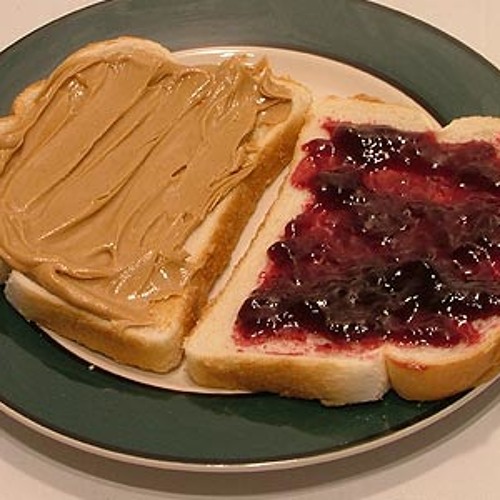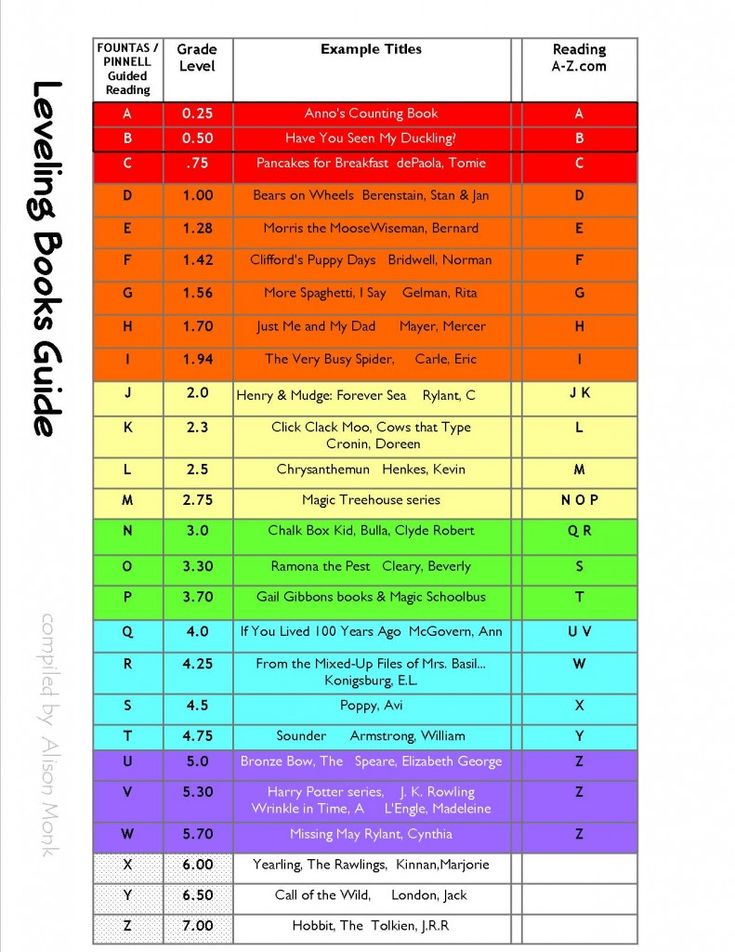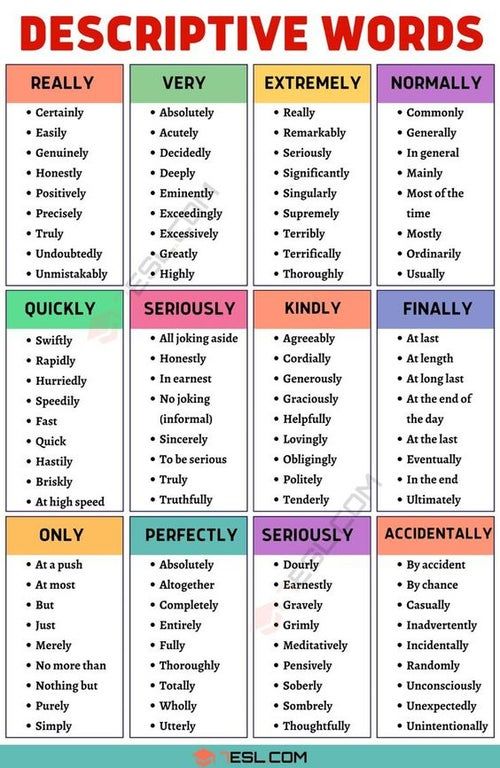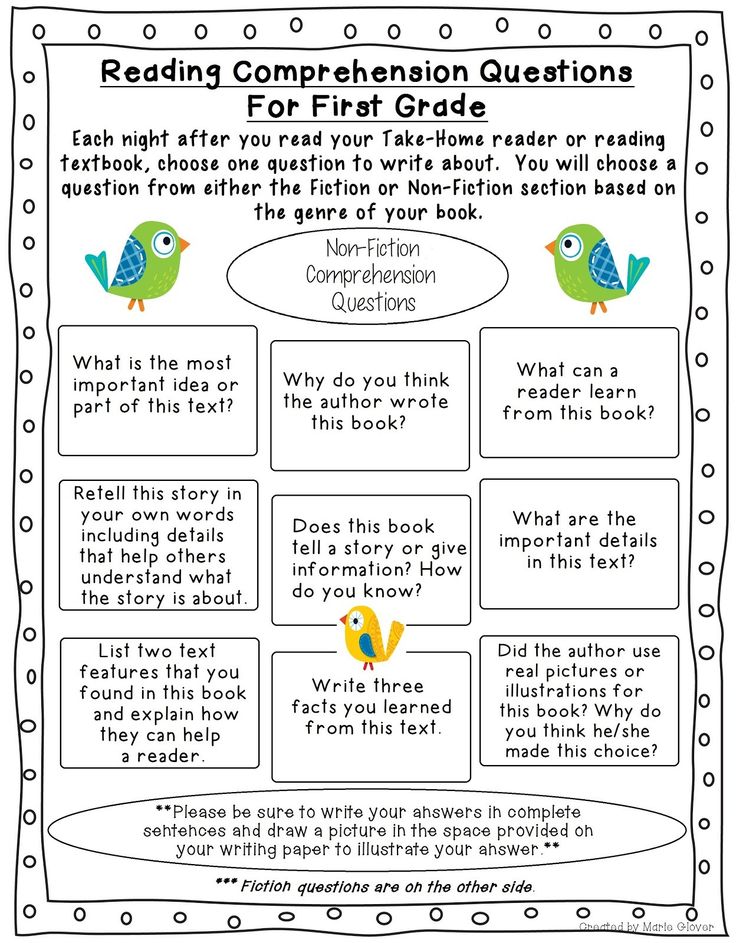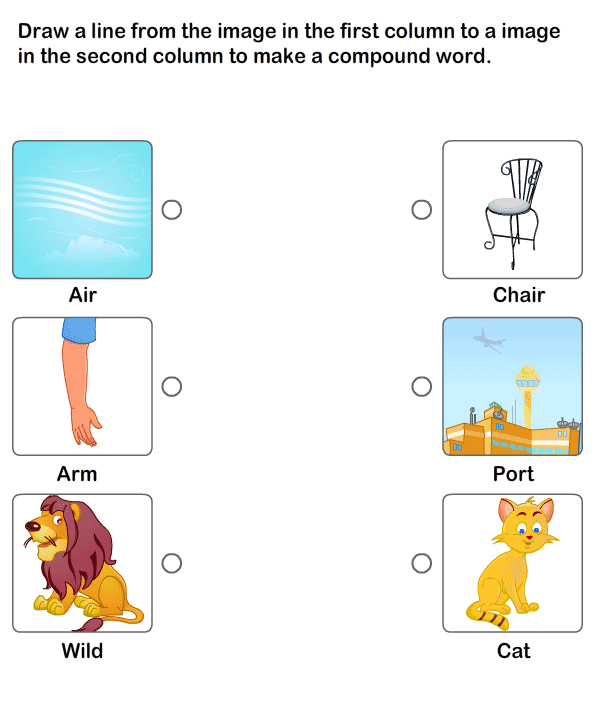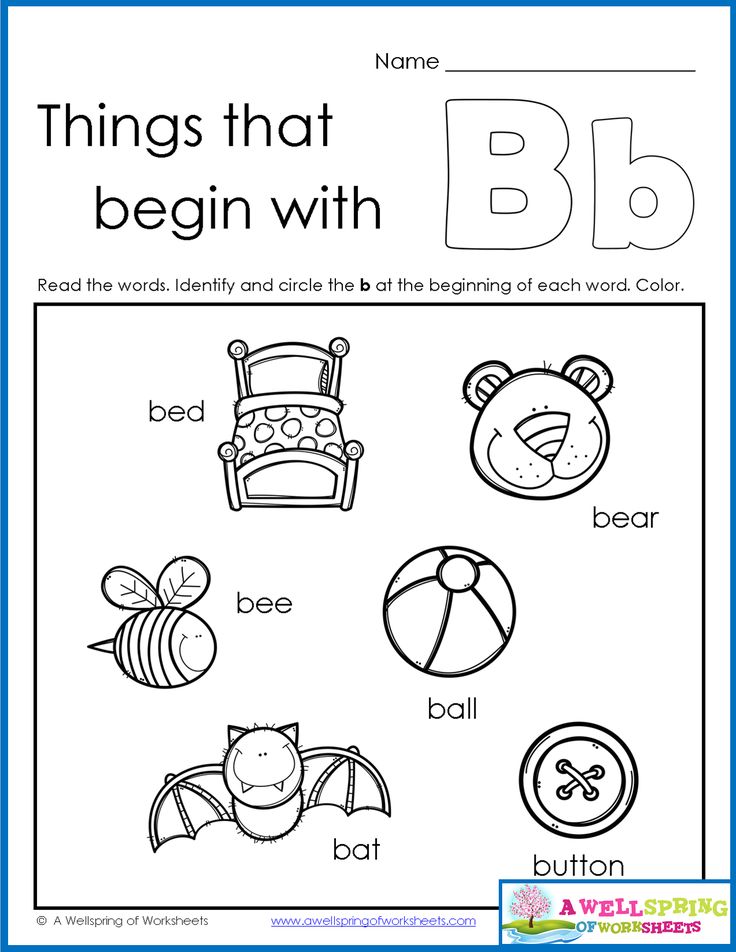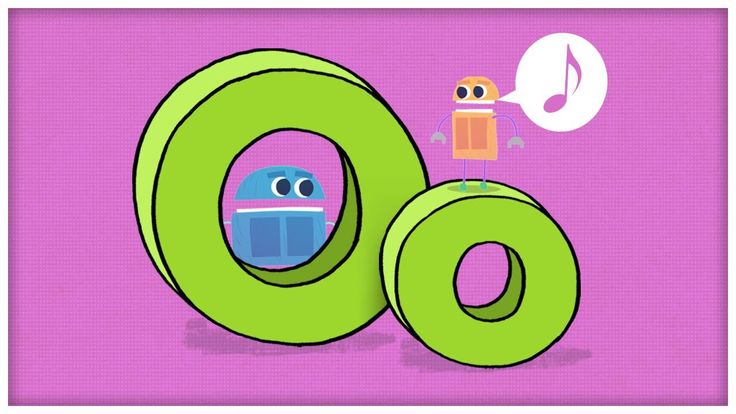Peanut butter and jelly story
Who Invented the Peanut Butter and Jelly Sandwich?
The Earl of Sandwich is credited with inventing the sandwich because he wanted to eat his meal with one hand during a 24-hour gambling event and instructed his servant to put his meat between two slices of bread. But what many may not know, is how an American classic sandwich—the iconic peanut butter and jelly sandwich—came to be. If the Earl of Sandwich invented the sandwich, who invented the PB&J?
The story begins with the three essentials parts of the PB&J—peanut butter, jelly and bread. First, let’s start with the bread, which is, of course, an ancient food that has been around for tens of thousands of years.
The significance of the bread component in the PB&J sandwich is the invention of pre-sliced bread in the early 1900s. Otto Frederick Rohwedder invented a bread slicer but bakers were not interested because they thought no one would want their bread pre-sliced. Rohwedder kept refining his invention and changing things until it was ready to use in bakeries.
He advertised the machine as “the greatest step forward in baking since bread was wrapped.” Later, the slogan evolved into “the greatest thing since sliced bread.”
Sliced bread proliferated. Soon people were looking for spreads to use with this newfound wonder food.
Next, let’s look at jelly; which is another food that has been around for a long time. In the case of the quintessential American PB&J sandwich, the most important person in this part of the story is a man named Paul Welch. In 1917, Welch secured a patent for pureeing grapes and turning them into jelly. He developed and advertised Grapelade (rhymes with marmalade) from Concord grapes—this was popular with America’s troops in WWI. When soldiers came home after the war, it was popular to spread Grapelade on bread.
Finally, there’s the peanut butter. Contrary to popular belief, peanut butter was not invented by Dr. George Washington Carver. But he is crediting with advancing the peanut crop in the South in the early 1900s and published his “300 Uses for Peanuts,” which included a peanut paste.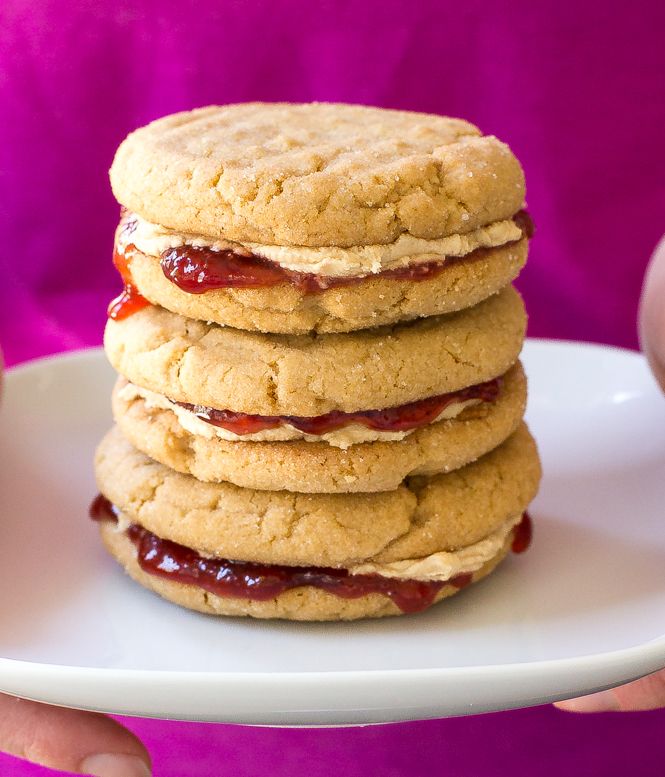
The forerunner of the peanut butter we know today was first brought to light sometime during the 1880s when a St. Louis physician, Dr. Ambrose Straub, made a peanut paste for geriatric patients who had trouble swallowing, or had bad teeth. Around the same time, Dr. John Harvey Kellogg (same as the cereal) was the first to patent a process for manufacturing peanut butter. Peanut butter was first introduced at the 1893 Chicago World Fair. In 1904 Dr. Straub got a food company to develop the peanut spread and they took it to the St. Louis World Fair where it became so popular, grocery stores began ordering it.
Around the same time, peanut butter appeared in upscale tea rooms in New York City and was considered a delicacy. On the menu of Vanity Fair Tea Room was peanut butter with watercress. Other tea rooms featured peanut butter and pimento sandwich and peanut butter on toast triangles with soda crackers.
In 1901, the first peanut butter and jelly sandwich recipe appeared in the Boston Cooking School Magazine of Culinary Science and Domestic Economics written by Julia Davis Chandler.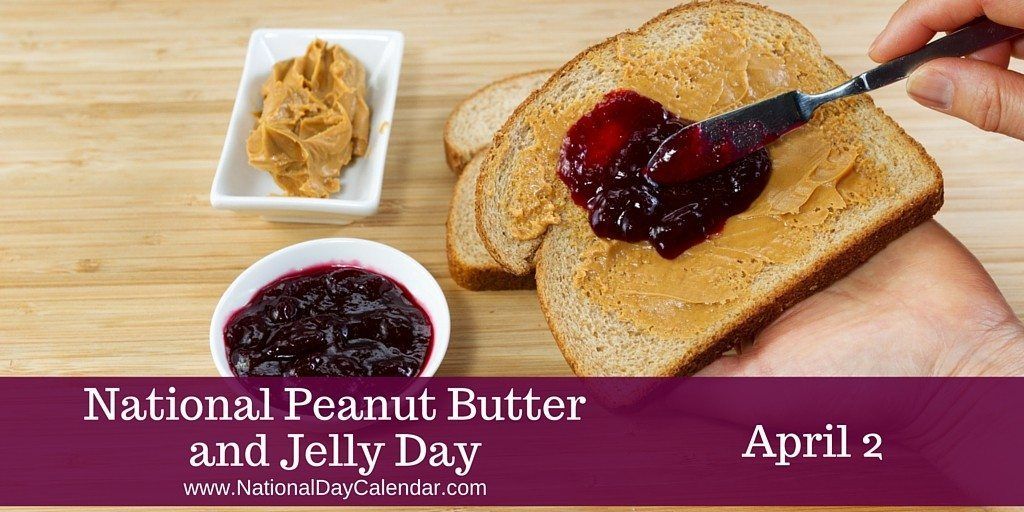 She said to use currant or crab-apple jelly and called the combination delicious and as far as she knew, original.
She said to use currant or crab-apple jelly and called the combination delicious and as far as she knew, original.
Still, the peanut butter and jelly sandwich was an exclusive food, and its popularity among the masses was yet to come. As Grapelade and pre-sliced bread became popular, another breakthrough happened with peanut butter—commercial brands found a way to create creamier peanut butter that didn’t stick to the roof of the mouth so easily. And during the Great Depression of the 1930s, families discovered peanut butter provided a satisfying, high protein, less expensive meal.
But the major event that took the peanut butter and jelly sandwich over the top in popularity was WWII.
Peanut butter and jelly were on the U.S. Military ration menus in World War II. Peanut butter was a high-protein, shelf-stable ingredient and easily portable on long marches. Grapelade had already accompanied soldiers in the first world war and added a sweetness to the sandwich. With pre-sliced bread so easy to use, the natural inclination was to combine these three items, and before long the good ol’ PB&J was a part of the American soldier’s life.
When soldiers came home from the war, peanut butter and jelly sales soared. Kids loved it because it tastes great, parents loved how easy it was to make and how kids could make it themselves with pre-sliced bread. Many families and college students on a budget relied on PB&J.
So, the story of the peanut butter and jelly sandwich is the story of three essential ingredients; all of which have been around for a long time, joining together to give us America’s favorite and enduring sandwich.
Peanut Butter and Jelly Fish
None Join Peanut Butter and Jellyfish as they show how to forgive and rescue! Peanut Butter, a sea horse, and Jellyfish are best friends. They love exploring up, down, around, and through their ocean home and often pass by Crabby the crab, who is very crabby; he’s always mean to Peanut Butter and Jellyfish. One day, Peanut Butter and Jellyfish don’t hear Crabby’s crabby remarks. Instead they see him caught in a trap being lifted to the surface. Oh no! What will the two friends do? Read along to this clever story that deals with big emotions like crabbiness, empathy, jealousy, and perspective taking. Has anyone ever been mean to you? Did you ask why? Try it. show full description Show Short Description
Oh no! What will the two friends do? Read along to this clever story that deals with big emotions like crabbiness, empathy, jealousy, and perspective taking. Has anyone ever been mean to you? Did you ask why? Try it. show full description Show Short Description Friendship Stories
Enjoy short stories about friendship for kids including fan favorites such as Mike's Seach for Squirt and Peanut Butter and Jellyfish.
view all
Peanut Butter and Jelly Fish
Santa and Baby
Mike's Search For Squirt
Gratitude
One membership, two learning apps for ages 2-8.
TRY IT FOR FREE
Full Text
Peanut Butter and Jellyfish were the best of friends— best of friends who spent their days exploring up, down, around, and through their grand ocean home.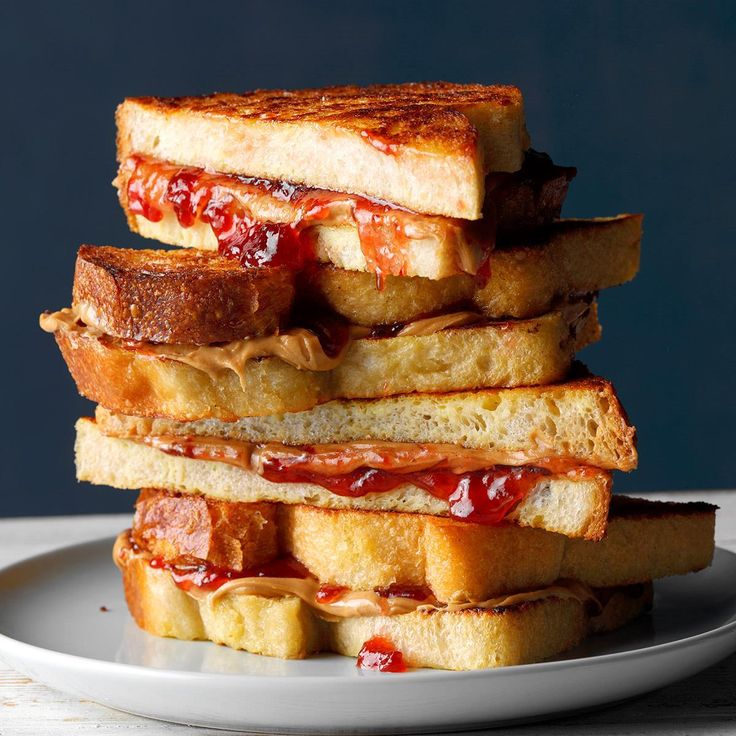 Unluckily for them, though, they lived near Crabby. “You guys swim like humans!” he would taunt as they slipped past. Peanut Butter and Jellyfish did their best to ignore the heckler. “Did you hear something?” asked Jellyfish. “No, must be the current,” said Peanut Butter. Crabby was relentless. “You guys smell like rotten barnacles! Pee-yew!” “My grandma called. She wants her run-walk shoes back!” “I’ve seen sea snails swim with more style.” “What a bunch of bubbleheads!” Jellyfish puffed up his chest and said, “Driftwood and sea stones may break our bones, but words will never hurt us.” “You’re an invertebrate! You don’t even have any bones,” huffed Crabby as he marched along his favorite rock by himself. One day, as Peanut Butter and Jellyfish set out on an excursion to the great reef, they swam past Crabby’s perch. They braced themselves for the usual insults. But all was quiet. Then they heard the faint sound of sobbing up ahead. It was Crabby! He was caught in a lobster trap. And it was being lifted to the surface! “I-I-I’m scared,” he cried.
Unluckily for them, though, they lived near Crabby. “You guys swim like humans!” he would taunt as they slipped past. Peanut Butter and Jellyfish did their best to ignore the heckler. “Did you hear something?” asked Jellyfish. “No, must be the current,” said Peanut Butter. Crabby was relentless. “You guys smell like rotten barnacles! Pee-yew!” “My grandma called. She wants her run-walk shoes back!” “I’ve seen sea snails swim with more style.” “What a bunch of bubbleheads!” Jellyfish puffed up his chest and said, “Driftwood and sea stones may break our bones, but words will never hurt us.” “You’re an invertebrate! You don’t even have any bones,” huffed Crabby as he marched along his favorite rock by himself. One day, as Peanut Butter and Jellyfish set out on an excursion to the great reef, they swam past Crabby’s perch. They braced themselves for the usual insults. But all was quiet. Then they heard the faint sound of sobbing up ahead. It was Crabby! He was caught in a lobster trap. And it was being lifted to the surface! “I-I-I’m scared,” he cried.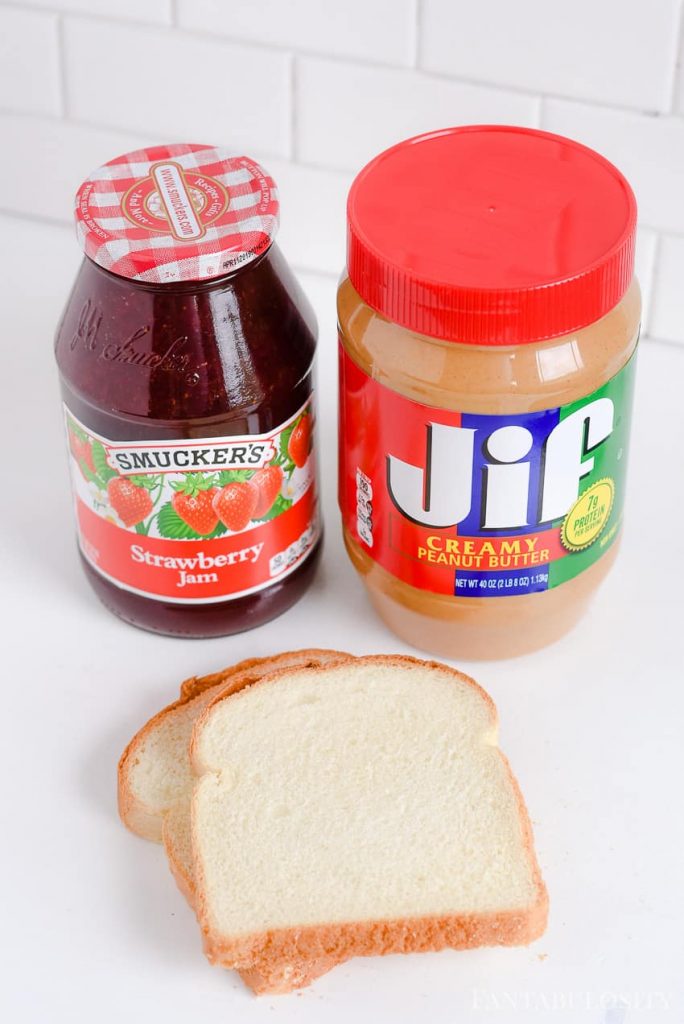 Surely, he was doomed. “Should we help?” asked Jellyfish. The two friends shared a look. “He is in serious trouble,” said Peanut Butter. “You’re right. We have to help!” exclaimed Jellyfish. “But how?” “I have a plan,” said Peanut Butter. “Follow me.” They swam up to the lobster trap. Peanut Butter used his tail to unlock the trap’s gate, but Crabby didn’t budge. “Come on. You’re free!” said Peanut Butter. “But-but . . . I can’t swim,” confessed Crabby. “And I’m afraid of heights.” The lobster trap was getting pulled closer to the surface! “Plan B!” exclaimed Jellyfish. He worked furiously on untying the trap’s knot. “Hurry!” cried Peanut Butter. “I can see the fishermen above!” Just when all hope was lost . . . The knot gave out, sending the trap plummeting! Peanut Butter and Jellyfish grabbed ahold and lowered it to safety. Crabby’s legs wobbled as he returned to his favorite rock. “Th-thanks, you t-two,” he stuttered. “Y-You know, I’m sorry for saying those mean things,” Crabby said.
Surely, he was doomed. “Should we help?” asked Jellyfish. The two friends shared a look. “He is in serious trouble,” said Peanut Butter. “You’re right. We have to help!” exclaimed Jellyfish. “But how?” “I have a plan,” said Peanut Butter. “Follow me.” They swam up to the lobster trap. Peanut Butter used his tail to unlock the trap’s gate, but Crabby didn’t budge. “Come on. You’re free!” said Peanut Butter. “But-but . . . I can’t swim,” confessed Crabby. “And I’m afraid of heights.” The lobster trap was getting pulled closer to the surface! “Plan B!” exclaimed Jellyfish. He worked furiously on untying the trap’s knot. “Hurry!” cried Peanut Butter. “I can see the fishermen above!” Just when all hope was lost . . . The knot gave out, sending the trap plummeting! Peanut Butter and Jellyfish grabbed ahold and lowered it to safety. Crabby’s legs wobbled as he returned to his favorite rock. “Th-thanks, you t-two,” he stuttered. “Y-You know, I’m sorry for saying those mean things,” Crabby said.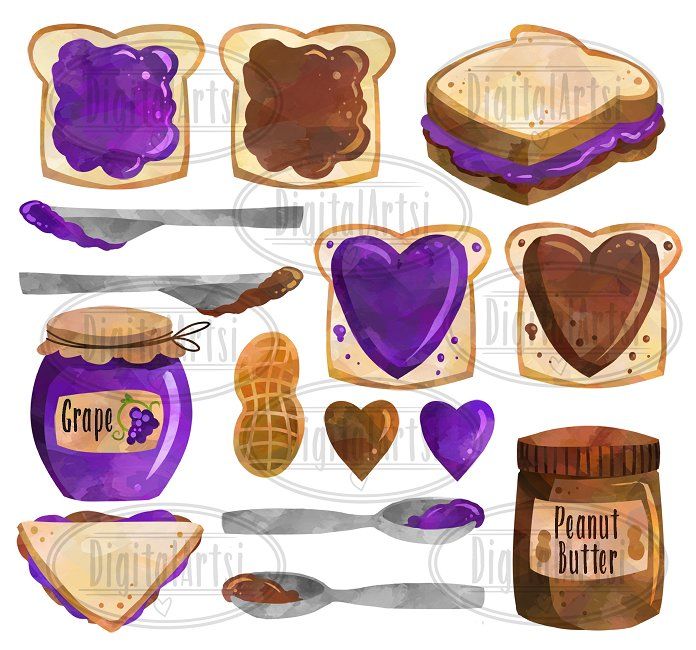 He may have been afraid of heights, but Crabby was brave enough to apologize. “I-I guess I was jealous. You guys seem like you’re always having so much fun explorin’ the open waters.” “Well, there’s plenty to explore close to the ocean floor!” said Jellyfish. Peanut Butter and Jellyfish still swam up, down, around, and through. But it was on the ocean floor that they found their greatest treasure!
He may have been afraid of heights, but Crabby was brave enough to apologize. “I-I guess I was jealous. You guys seem like you’re always having so much fun explorin’ the open waters.” “Well, there’s plenty to explore close to the ocean floor!” said Jellyfish. Peanut Butter and Jellyfish still swam up, down, around, and through. But it was on the ocean floor that they found their greatest treasure!
1
We take your child's unique passions
2
Add their current reading level
3
And create a personalized learn-to-read plan
4
That teaches them to read and love reading
TRY IT FOR FREE
The Surprisingly Short History of the Peanut Butter and Jelly Sandwich
The orange butter and jelly sandwich is such an American childhood staple these days that it seems like it's been around, well, forever.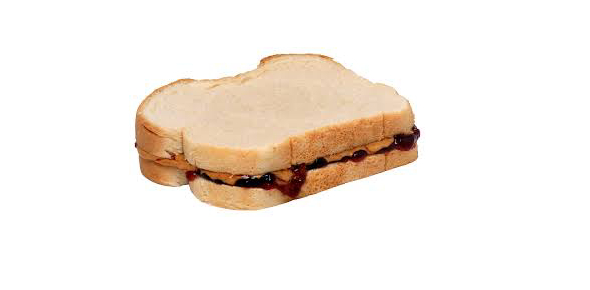 In fact, it took a surprisingly long time after all the necessary ingredients had been invented for someone to put them together, and a few more decades before it became popular. In fact, there are people in America who grew up in a world where the PB&J sandwich just wasn't known at all. *gasp*
In fact, it took a surprisingly long time after all the necessary ingredients had been invented for someone to put them together, and a few more decades before it became popular. In fact, there are people in America who grew up in a world where the PB&J sandwich just wasn't known at all. *gasp*
Let's start with the ingredients first. Bread, of course, is an ancient food that has been eaten for tens of thousands of years. However, pre-cut bread that would make PB&J do a convenient task didn't come along until the early 1900s, when a man named Otto Frederick Rohwedder of Davenport, Iowa invented a device to automate the process.
He first built a prototype of his bread slicer in 1912, which did not interest the bakers he showed, as it was believed that no one would want their bread to be pre-sliced. Unfortunately, the drawings and the Rochweder machine were destroyed in a fire at 1917 year.
From there he struggled to get funding to start again with his car due to lack of interest.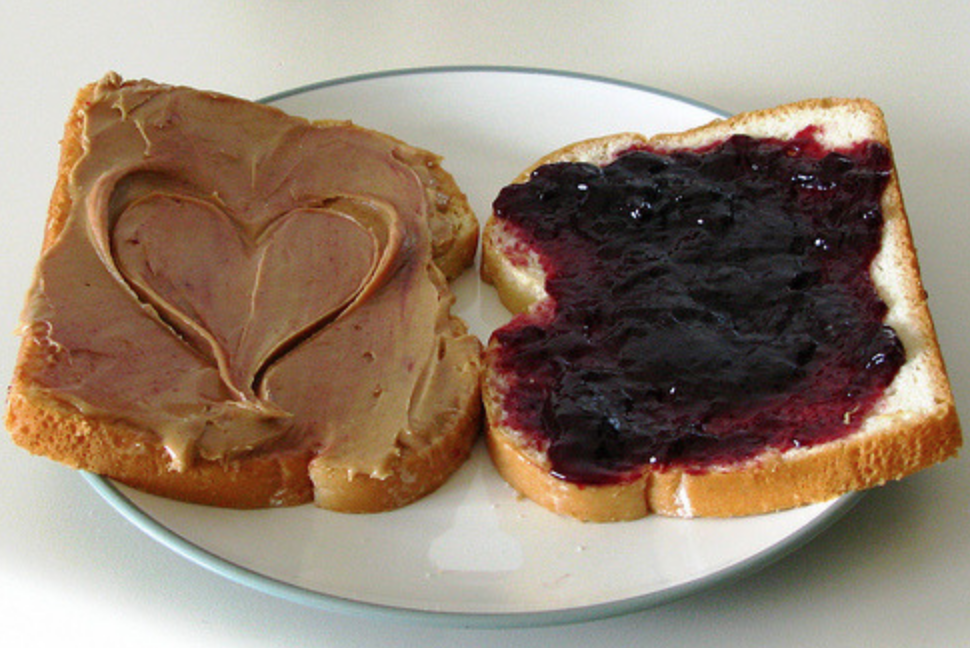 The main problem was to reduce the shelf life of the bread. Even though it was reasonably well packaged, it still became obsolete faster than well packaged whole loaves.
The main problem was to reduce the shelf life of the bread. Even though it was reasonably well packaged, it still became obsolete faster than well packaged whole loaves.
Finally, in 1927, Rohwedder was able to rebuild the machine and prepare a model ready for use in a real bakery, which would soon be touted as "the biggest step forward in the baking industry after the bread was wrapped", which later became "The most best/best thing from sliced bread" when describing various other products.
Roadder addressed the issue of immobility by wrapping thinly sliced loaves in wax paper immediately after cutting was completed. Apparently this was good enough as sliced bread was a hit and within a decade people who had access to pre-sliced bread were eating more bread per person than before and began experimenting with various new spreads to put on now commonly. thin slices of bread,
As for the jelly, which in the case of a peanut butter sandwich can mean jelly, jam, or other fruit preserves (see the difference between the two here) - that too was a long time, continuing back to at least first century mentioned in Culinary questions Markus Gavius Apicius.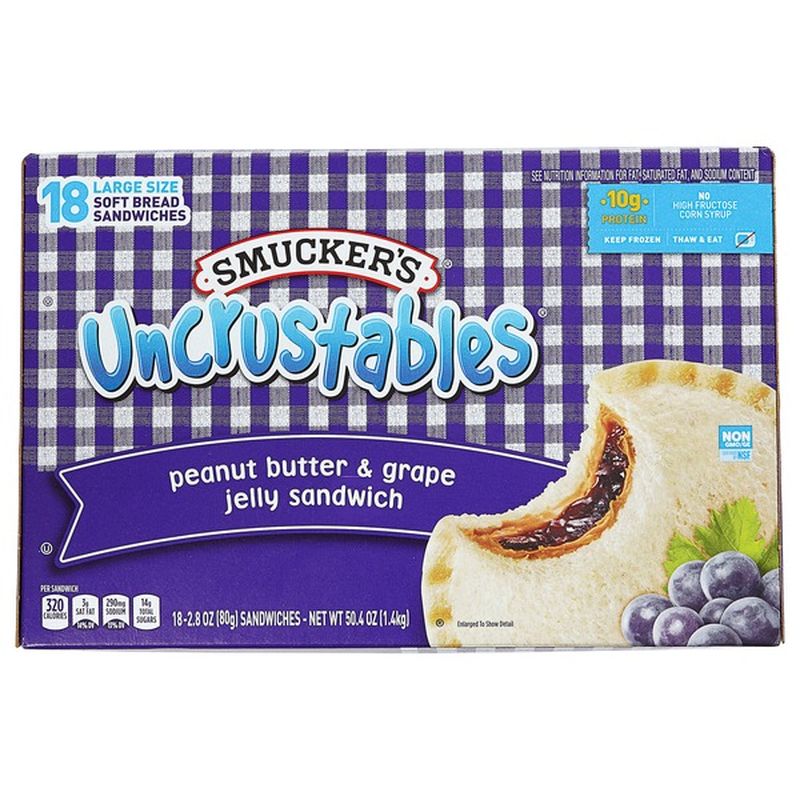
Despite this long history, for the purposes of this article, one person, Welch, is the person to focus on here. In 1918, he developed Grapelade made from Concord grapes, which proved extremely popular with troops during World War I. When they returned from the war, they spread the practice of using it on bread.
Peanut butter has actually been around a lot longer than you probably thought and was not invented by George Washington Carver and the first reference to it goes back several hundred years before Carver, first created by the Incas and Aztecs. However, peanut butter, more or less as we know it today, was popularized at the 189 World's Fair.3 years. In the early 1900s, peanut butter made frequent appearances in tea rooms throughout the country, where it was advertised as a dish for the rich. At the time, he was paired with such crowd-chosen favorites as cucumbers, cheese, celery, and crackers.
With all the ingredients for so long, it might surprise you that the first known reference to a peanut butter and jelly sandwich didn't occur until 1901, as it was first mentioned in Boston Cooking-School Journal of Culinary Science and Domestic Economics by Julia Davis Chandler:
For a change, one day try making small sandwiches or bread fingers with three very thin layers of bread and two toppings, one of the peanut pâtés, whatever brand you prefer, and currants or crab-apple jelly for another.
At the same time, however, peanut butter was still considered a "high content" food, and peanut butter and jelly sandwiches were an infrequent food item.
More accessible to the masses, peanut butter appeared in the 1920s and 1930s, shortly after Grapelade became popular and pre-sliced bread was the rage. It was at this point that PB&J's next major breakthrough occurred: commercial brands of ultra-creamy peanut butter, such as Skippy and Peter Pan, were developed.
With the Great Depression, peanut butter on bread became a staple in many American households because it provided a hearty, filling meal with a protein substitute for less than meat. Sure, some of them were happily creating PB&J sandwiches at this point, but the real surge in popularity is yet to come.
This brings us to World War II. Gropelade's popularity with the troops paved the way for jelly to be included in soldiers' diets during this war. Along with jelly was the trusty high-protein peanut butter that proved so beneficial during the Great Depression and, of course, pre-sliced bread.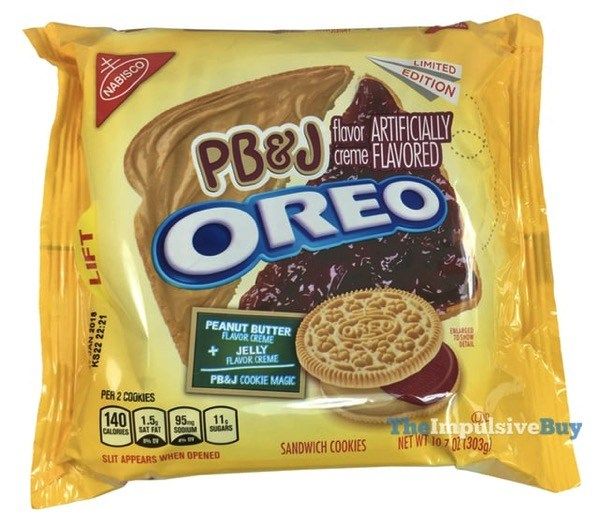 A wonderful storm.
A wonderful storm.
They may have heard of peanut butter and jelly sandwiches before, or maybe it was just a natural inclination to combine these three main ingredients in their diets, but the peanut butter and jelly sandwich soon became a popular dish among United States soldiers.
When soldiers arrived home from the war, peanut butter and jelly sales skyrocketed. It was an instant hit with just about everyone—kids loved how good it tasted, parents loved how easy it was to make, and college students loved that it was cheap. Since then, this sandwich has become a "traditional" American favorite. (This isn't to say that PB&Js aren't enjoyed around the world, but it's certainly a bigger success in the United States than in most other countries).
After all, despite the fact that all the necessary ingredients have been around for several millennia in one form or another, America's favorite sandwich seems to have only been around for about a century, and it has only been popular for about 60-70 years.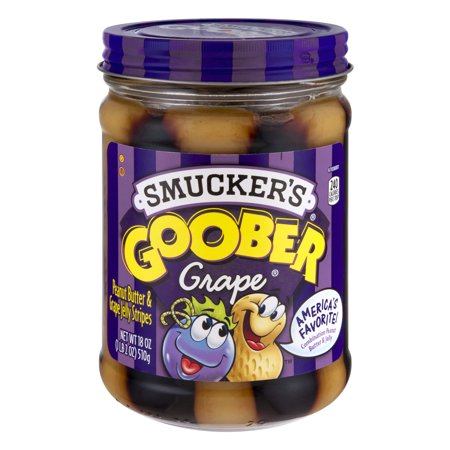 Who knew?
Who knew?
Bonus Facts:
- To keep the bread from getting soggy from the jelly overnight or during the day, put peanut butter on both slices of bread and then put the jelly between them. Another PB&J Probiotic: Toast the bread first; then add peanut butter on both sides with jelly in the middle; place the pieces together and let the peanut butter melt a little; that is, while it is still warm. Please. 😉
- The average American eats 2,500 peanut butter and jelly sandwiches before they graduate from high school.
- Grape jelly is still a favorite for PB&Js in the US, with strawberry jelly coming close to second.
- In many other countries, "jelly" refers to "Jell-o". Not exactly the same.
- Every year, Americans eat about 700 million pounds of peanut butter.
- Soldiers in World War II used "monkey butter" peanut butter.
- Peanut Butter was touted by Dr. John Harvey Kellogg as a great, nutritious spread that was high in protein and ideal for people without teeth.
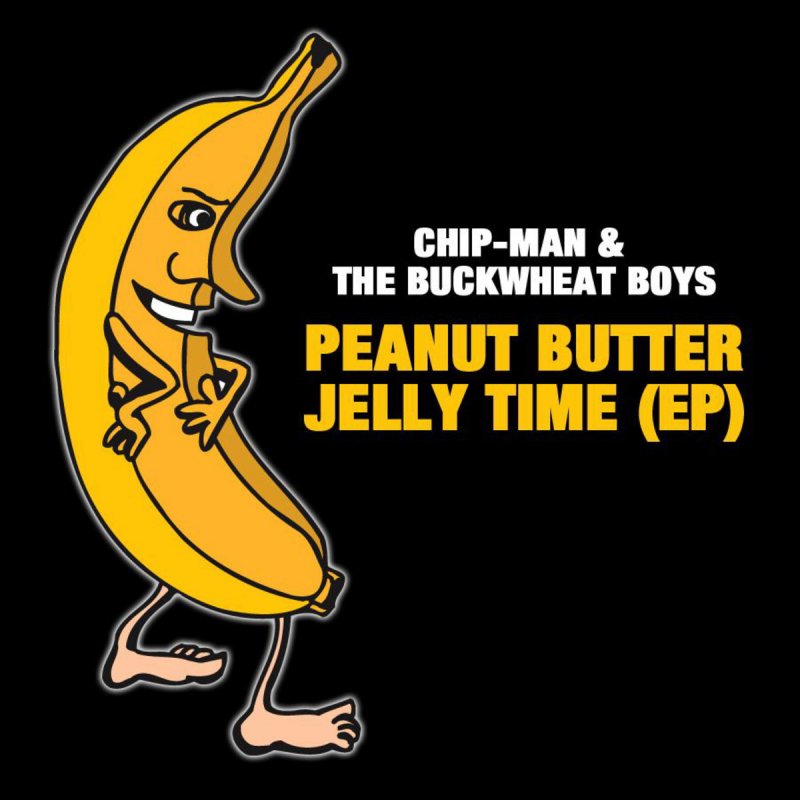
- Australia has peanut butter and American style peanut butter. The difference is that American style has a lot of extra sugar.
- Peanuts are not really nuts - they are classified as legumes and they grow underground.
- The increased popularity of PB&Js has led to several other inventions. One is Jober-Smaxer jars filled with peanut butter and jelly rolled together (why buy two jars when you can buy them?). The product started showing up in grocery stores at 1968 and still popular. In addition, Smuckers acquired the rights to the "Uncrustables" invention in 1999, which means that hungry people must go out of their way to get a sandwich. These are prepackaged peanut butter and jelly sandwiches with no crust and a long shelf life.
The orange butter and jelly sandwich is such a staple of the American childhood these days that it feels like it's been around, well, forever. In fact, it took a surprisingly long time after all the necessary ingredients had been invented for someone to put them together, and a few more decades before it became popular. In fact, there are people who live
In fact, there are people who live
Peanut butter facts. — portal Orekhovod
Photo gallery:
Peanut butter is one of the most popular products on the market, which is represented by a wide variety of brands, flavors and textures. Peanut butter is used for a variety of purposes. Some prefer the classic peanut butter and jelly sandwich, while others add it to just about anything, including ice cream, cookies, salads, soups, burgers, and even drinks. It is loved by adults and children, especially in the USA.
10. Two national holidays
There seem to be national holidays dedicated to everything. There are over 1,500 national holidays, many of which are dedicated to a particular dish. Every year January 24th is National Peanut Butter Day. But lovers of this product went further and created another holiday. Now every year on March 1, National Peanut Butter Day is celebrated. While it may seem ridiculous to honor people who consume peanut butter, the product has several well-known fans, including Elvis Presley, Jerry Seinfeld, and Madonna.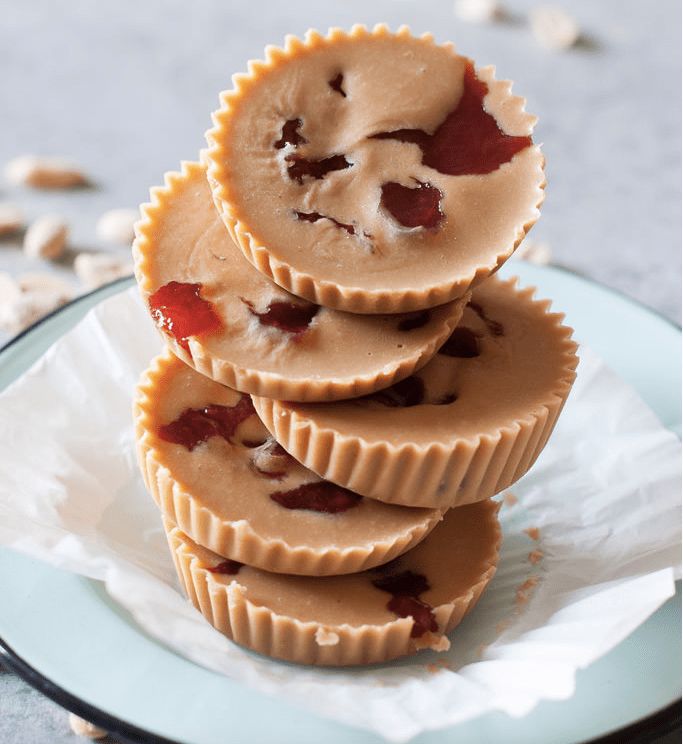
9. History of Peanut Butter
Peanuts are a plant of the legume family, more closely related to peas and beans than to nuts. The plant comes from South Africa, but, thanks to Spanish travelers, peanuts came to Europe through Africa and Asia. In the early 1700s, peanuts made their way to North America with Africans. There is evidence that the South American Incas were the first to prepare peanut butter by grinding beans. However, the oil we know today came from Dr. John Harvey Kellogg.
In the 1890s, Kellogg began making peanut butter to convert his patients to vegetarianism by replacing meat with a high-protein product. He and his brother, V.K. Kellogg, even patented a process for making peanut butter. The patent was issued in 1895, and the product was described as "a sticky paste, conveniently called peanut butter." But the Kellogg brothers paid more attention to their grain products.
Another American credited with this invention is a St. Louis doctor who ground peanuts in a meat grinder around the same time.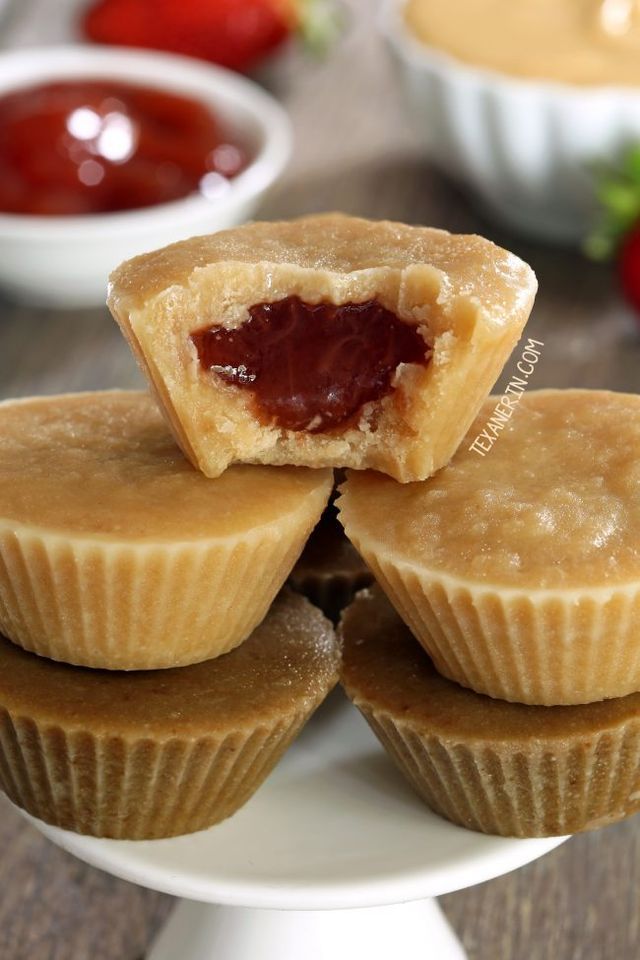 This idea came to him when he was looking for a protein mix for patients with bad teeth who could not chew meat. At the suggestion of a doctor, the owner of a food company began to make the paste. For the first time, peanut butter was officially presented at the exhibition in St. Louis at 1904. It was packaged in barrels and sold for about 6 cents per 500 g.
This idea came to him when he was looking for a protein mix for patients with bad teeth who could not chew meat. At the suggestion of a doctor, the owner of a food company began to make the paste. For the first time, peanut butter was officially presented at the exhibition in St. Louis at 1904. It was packaged in barrels and sold for about 6 cents per 500 g.
8. The Peanut Butter Case
The rise in popularity of peanut butter in the 1950s led to many substandard products. To keep costs down, manufacturers have used hydrogenated oils instead of the more expensive peanut butter. And glycerin was used as a sweetener.
The Food and Drug Administration found that some products labeled "peanut butter" contain as little as 75 percent peanuts. At 19A standard of 95% peanuts was proposed in 1959, but manufacturers said consumers preferred a softer product. The consistency controversy turned into the famous 12-year-old "peanut butter case." After much bargaining, the manufacturers persuaded the Authority to reduce the standard to 90%. The companies insisted on 87%, but the Office refused.
The companies insisted on 87%, but the Office refused.
The Peanut Hearings began in 1965 after two delays. Well-paid lawyers from major peanut butter producers opposed the underfunded Authority. The battle for a 3 percent difference in peanut content standard spanned 20 weeks and over 8,000 pages of transcript. Thanks to fierce activist Ruth Desmond, the case turned in favor of the Agency. However, another five years elapsed before the US Court of Appeals finally upheld 9The 0 percent standard is still in use today.
7. Deadly salmonella outbreak
In 2015, Stewart Parnell, former CEO of the Peanut Corporation of America, was sentenced to 28 years in prison. The 61-year-old was charged with 72 counts, including knowingly bringing tainted food across state lines.
A corporation was shut down following one of the largest salmonella outbreaks in US history, caused by peanut butter. The outbreak was registered at the end of 2008, when nine people died and at least 714 fell ill.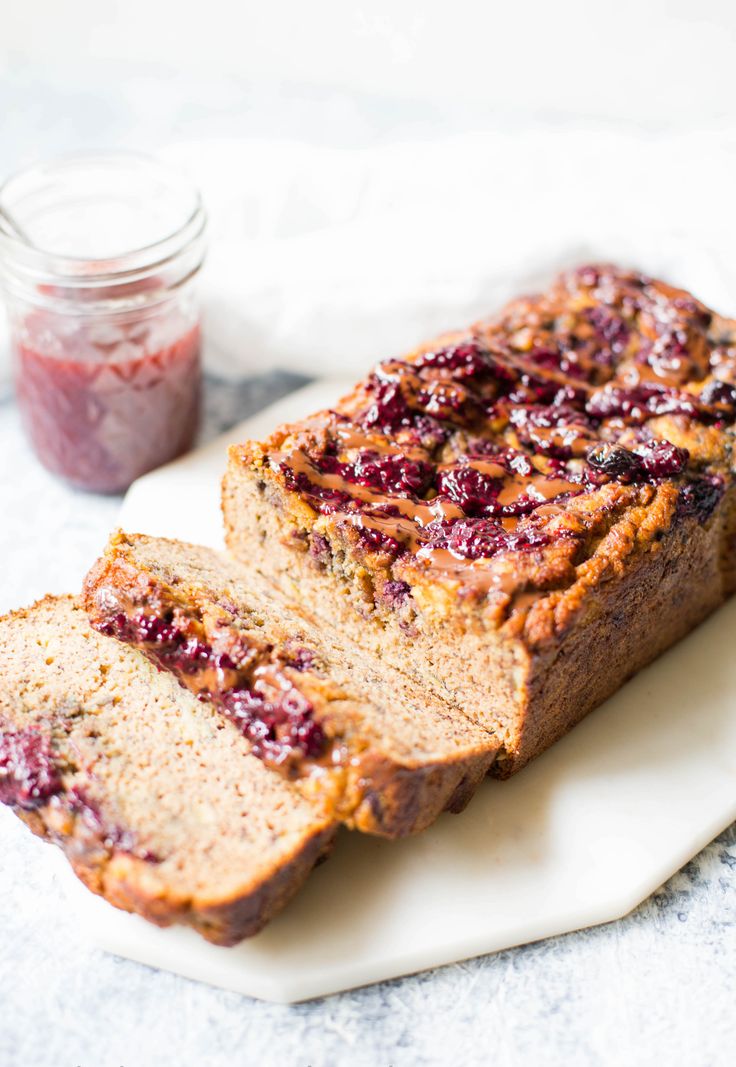 It was the toughest food-related criminal case. Salmonella contamination also led to the largest number of food recalls, including 3900 different types of products made from the raw materials of the corporation.
It was the toughest food-related criminal case. Salmonella contamination also led to the largest number of food recalls, including 3900 different types of products made from the raw materials of the corporation.
According to former employees of the company, the corporation's plant in southwest Georgia did not meet sanitary standards. Federal inspectors found dirt, mold, accumulated grease, cockroaches, rats, bird droppings, and a leaking roof. Animals and water in the production hall posed a great health hazard. In the same form there was another similar object. Michael Parnell, brother of the CEO and food broker, received a 20-year sentence. And the quality control manager got 5 years in prison.
6. Peanut Butter World Records
For many famous world records, the bar is set too high, so many ancillary niches emerge, such as the record for "most sandwiches made in an hour." In September 2016, a group of approximately 1,350 volunteers made 49,100 peanut butter and jelly sandwiches in an hour, breaking the previous record of 39,303 sandwiches.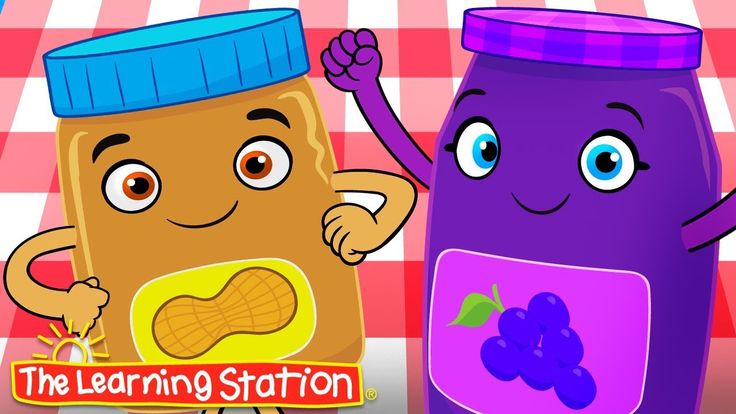 Volunteers were represented mainly by students and teachers of Temple University in Philadelphia (Temple University in Philadelphia). Ready-made sandwiches were distributed among more than 15 food banks.
Volunteers were represented mainly by students and teachers of Temple University in Philadelphia (Temple University in Philadelphia). Ready-made sandwiches were distributed among more than 15 food banks.
Luckily for the students, Patrick Bertoletti did not take part in their record. This American contestant holds the world record for the most peanut butter and jelly sandwiches eaten in a minute. In 2012, he broke the record by eating 6 sandwiches in a minute. Another record for peanut butter consumption was broken by Andre Ortolf in 2017. This German man ate 378 grams of peanut butter in one minute.
5. Health benefits
Due to the high content of peanuts in peanut butter, eating this product in moderation is good for health. It is a source of manganese that activates enzymes that remove toxic ammonia from the body, protects cells from physiological stress, breaks down nutrients and promotes tissue growth. One tablespoon of peanut butter contains 16% of the recommended daily allowance of manganese for women and 12. 5% for men. Peanut butter also contains niacin, which supports metabolism and promotes healthy cell development. Each tablespoon contains 14% of the daily value of niacin for women and 15.5% for men.
5% for men. Peanut butter also contains niacin, which supports metabolism and promotes healthy cell development. Each tablespoon contains 14% of the daily value of niacin for women and 15.5% for men.
Studies also show that peanut butter, peanut butter, and peanuts themselves prevent the development of chronic diseases such as diabetes, heart disease, and cancer. These foods lower lipids and help reduce inflammation. However, if you eat too much, peanut butter can be harmful. A small portion of this product contains a lot of calories. The prevalence of peanuts in the US has led to peanut allergy, which is usually quite rare. Allergies to legumes typically affect about 0.6–1.0 percent of people. And in almost 20 percent of cases, a peanut allergy can be outgrown.
4. Peanut butter can be dangerous for dogs
Small doses of peanut butter are good for dogs. But the products of some manufacturers can be dangerous for them. Increasingly, sugar is being replaced with xylitol, and it can be found in over 700 foods.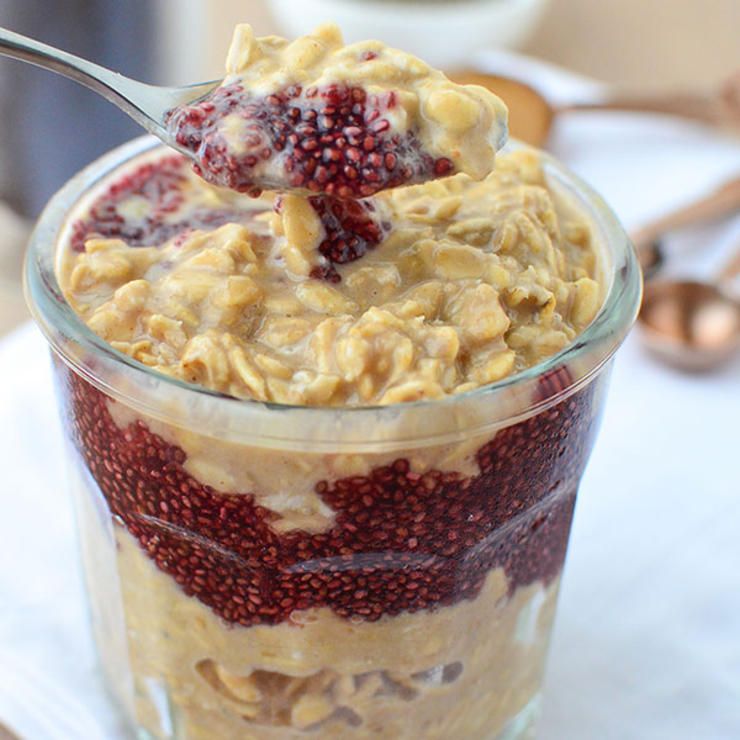 It is relatively harmless to humans, but extremely dangerous to dogs. Xylitol poisons thousands of dogs every year. The sweetener for them is about 22 times more toxic than chocolate. Just 1.37 grams of xylitol for a 14 kg dog will cause disorientation and seizures. In large doses, it leads to the destruction of liver cells.
It is relatively harmless to humans, but extremely dangerous to dogs. Xylitol poisons thousands of dogs every year. The sweetener for them is about 22 times more toxic than chocolate. Just 1.37 grams of xylitol for a 14 kg dog will cause disorientation and seizures. In large doses, it leads to the destruction of liver cells.
Xylitol is also used in some mints, ketchup, baked goods, ice cream, peanut butter, and more. "All natural" foods are not always safe for dogs because xylitol is a natural sweetener. The list released by the Food and Drug Administration also states that raw meat, macadamia nuts, grapes, raisins, currants, onions, garlic, apple seeds, fried foods, moldy foods, and large amounts of salty snacks.
3. Astronauts eat it
The popularity of peanut butter has gone beyond this world. It is eaten even in space. Unlike standard peanut butter and jelly sandwiches, space uses tortillas. Breadcrumbs are rarely a problem on Earth, but in zero gravity they can cause serious harm.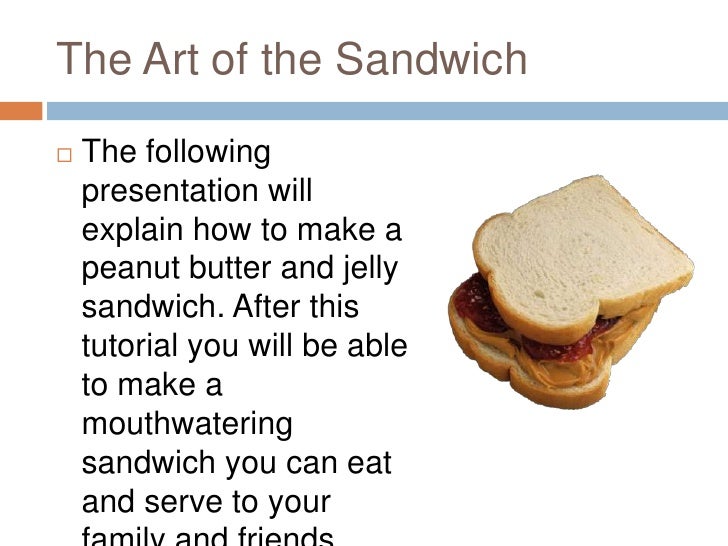 Bread stale faster.
Bread stale faster.
In 1985, scientist Rodolfo Neri Vela proposed tortillas for astronauts. But when Taco Bell developed tortillas with a longer shelf life in the 1990s, they quickly became a hit with astronauts and are widely used by NASA today.
Shane Kimbrough also demonstrated the difficulty of making such a snack in space. The tortilla is glued while the can is opened, and then the lid is glued with Velcro to keep it from floating away. As Kimbrough said, "If you don't prevent it, everything will float around."
2. Arachibutyrophobia
Arachibutyrophobia is a specific phobia, the fear that peanut butter will stick to your palate. As a rule, a phobia comes from the fear of suffocation. It can also be caused by fear of sticky substances. Arachibutyrophobia can occur on its own.
The severity depends on the person. Some people with arakibutyrophobia may consume small amounts of peanut butter. Others are generally afraid to eat it. In some cases, the fear may also apply to other peanut products, such as peanut sauce and peanut ice cream.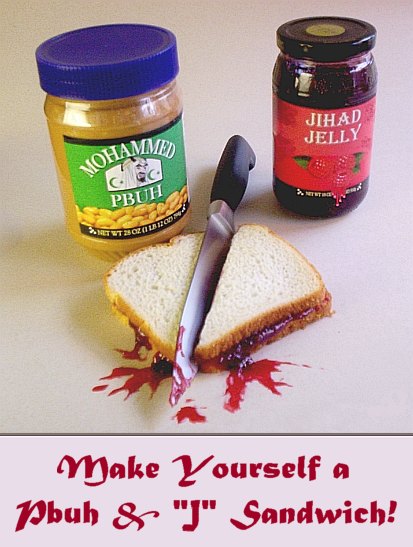 Part of the fear may be due to a peanut allergy. Once experienced a bout of food allergies can leave traumatic memories.
Part of the fear may be due to a peanut allergy. Once experienced a bout of food allergies can leave traumatic memories.
Symptoms of arachibutyrophobia include shortness of breath, sweating, nausea, palpitations, dry mouth, trembling, high levels of anxiety, panic, inability to speak clearly, and feelings of fear. In severe cases, medication may be prescribed. It does not cure the phobia, but temporarily suppresses the symptoms. A phobia can be cured through psychotherapy, counseling, Neuro Linguistic Programming, and hypnotherapy.
1. Peanut Butter Diamond
Dan Frost, a scientist at the Bayerisches Geoinstitut in Germany, is trying to mimic conditions in the Earth's lower mantle. They involve crushing rock under very high pressure, and occasional small explosions. He said: "If we want to understand how the Earth was formed, then we need to know what it is made of."
His hypothesis suggested that in the past, rock pulled carbon dioxide out of the oceans. The high pressure caused carbon dioxide to escape from the rock as it entered the mantle.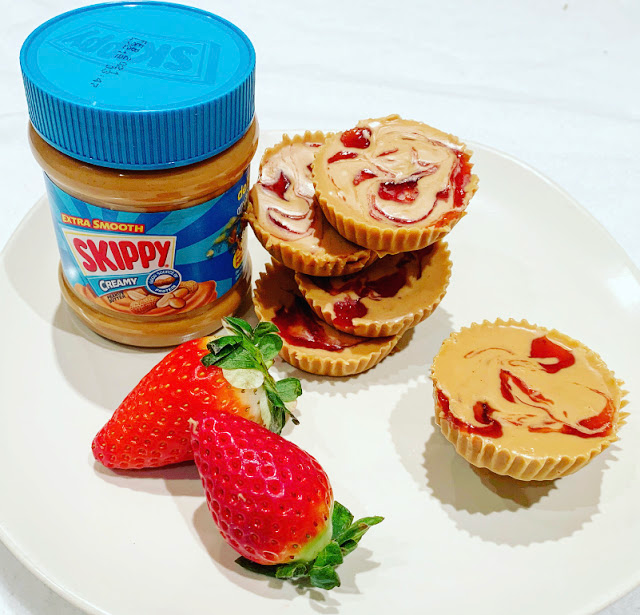 The released carbon dioxide was deprived of an oxygen atom, which reacted with iron, and the remaining carbon turned into diamonds under the influence of high pressure. Frost's suspicions were confirmed when he succeeded in turning carbon-rich peanut butter into a diamond by recreating the process using a special press. However, the diamond was destroyed when hydrogen was released, which was bound to the carbon in the oil.
The released carbon dioxide was deprived of an oxygen atom, which reacted with iron, and the remaining carbon turned into diamonds under the influence of high pressure. Frost's suspicions were confirmed when he succeeded in turning carbon-rich peanut butter into a diamond by recreating the process using a special press. However, the diamond was destroyed when hydrogen was released, which was bound to the carbon in the oil.
Under pressure, the samples in the furnace were compressed under a pressure of 280,000 atmospheres. As a result, the atoms lined up in dense structures. The second press pressed the new minerals with two real diamonds. Unfortunately, this discovery is unlikely to be useful. Frost noted that it would take weeks to form a 2mm diamond, and real diamonds must also be used for this process. The scientist is more interested in other mysteries of the earth's history.
Similar articles:
Hazelnut oil
Hazelnut or hazelnut oil has been used in aromatherapy not so long ago (70s of the 20th century).